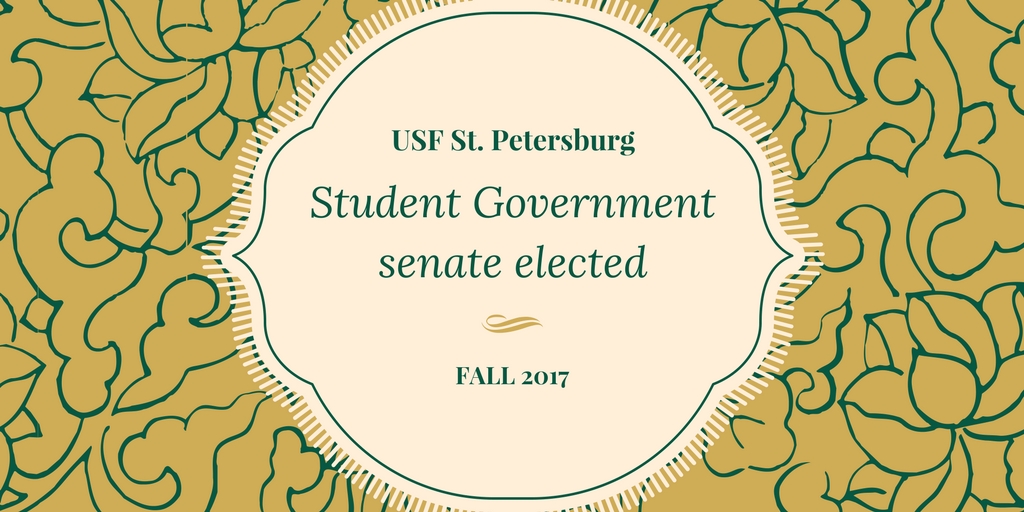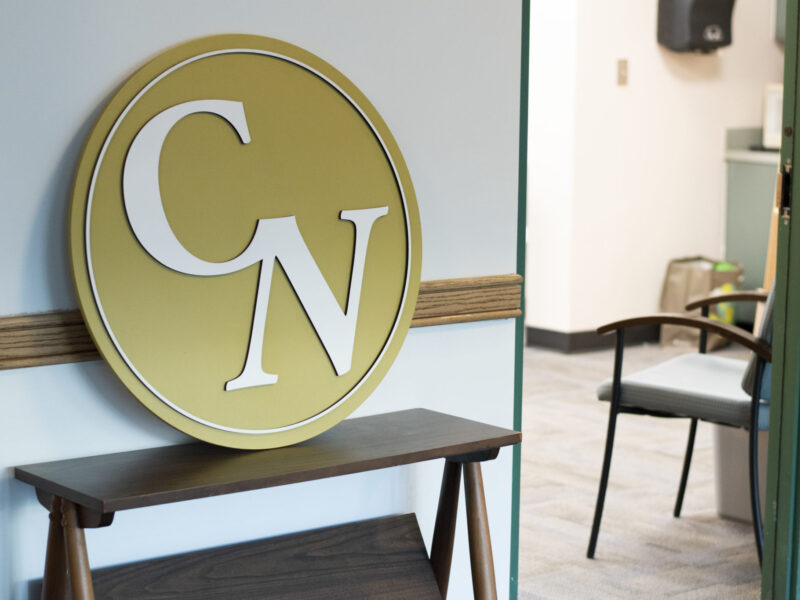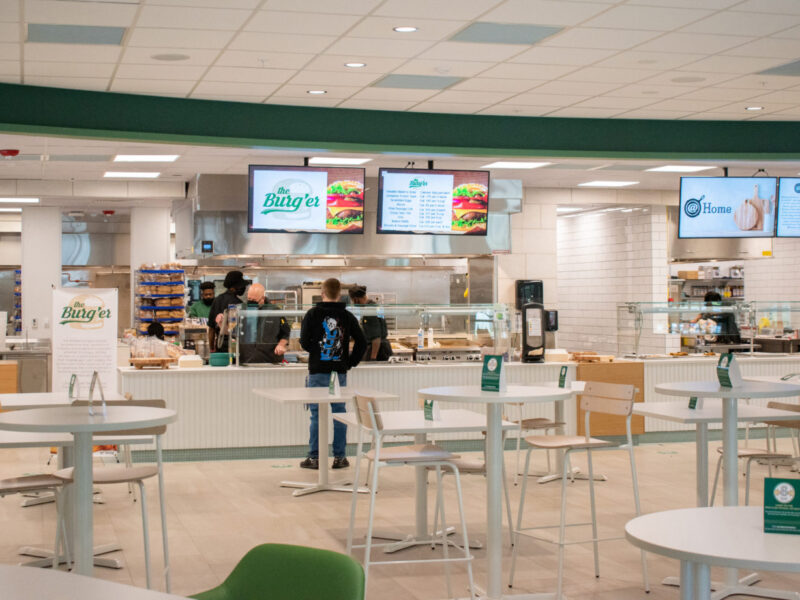By Michael Moore Jr.
Of the over 4,000 students enrolled at USF St. Petersburg, 250 of them voted in the most recent Student Government senate elections.
That’s a 61.5 percent decrease from the 650 students that turned out in the spring to vote on the senate, president and vice president in addition to having a referendum on the Student Green Energy Fund.
Ysatis Jordan, an incumbent senator, received the highest number of votes at 132, retaining her senate president pro tempore position. The least number of votes cast were for Gregory Cote, who ended up with 46.
Students needed to receive a minimum of 25 votes to secure a position in office — all 11 students were successful in their bids for the senate.
While 898 votes were tallied this year, the votes stem from 250 submissions collected over a period of two days where students could vote for up to five senators each.
Voter turnout has been a consistent problem for Student Government as it has competed for relevance on a largely commuter campus, even after attempts to make the process more streamlined.
After struggling to fill vacant seats last year, SG made a change to the application process, discontinuing the need for candidates to receive signatures from fellow students in order to qualify. This came after a 340 student turnout that resulted in all 10 senate candidates being granted a seat.
Since the embarrassingly low turnout, candidates now qualify for the election by default.
Despite the apathy of the student body, Student Government commands considerable responsibilities on campus, including the Activities and Services fee budget, which funds organizations on campus such as the University Student Center, Harborside Activities Board, Waterfront, Campus Recreation and The Crow’s Nest.
This year, the A&S fee budget totals to around $3.3 million. While a little more than half of these funds go toward helping the University Student Center, which opened in 2012, the other half is allocated by Student Government, whose own budget is $199,054.



